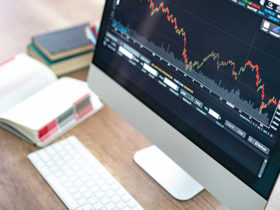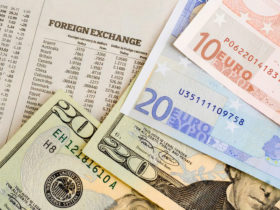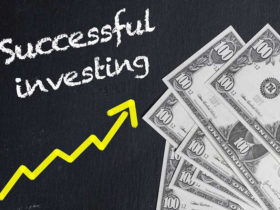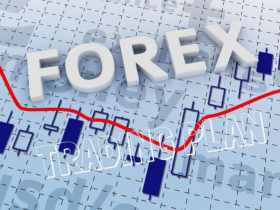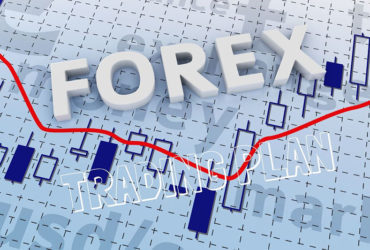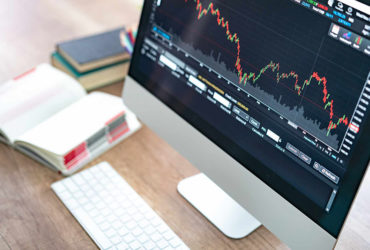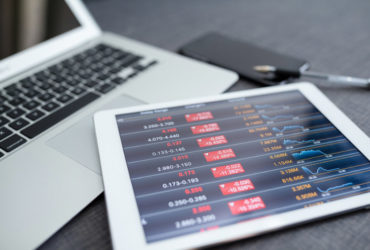If you wanted to buy stocks from any publicly traded company, where would you go? You’d naturally go to one with a reputation for being the oldest and the largest, and that’s located at 11 Wall Street in Manhattan.
The New York Stock Exchange (NYSE) has been trading since 1792 and it continues to do so today, with its 2,700 member companies representing over three-quarters of the total market capitalization of the United States and whose current market value is more than three times that of the Tokyo Stock Exchange, its closest follower in the international exchange market. An estimated 1.5 billion shares are traded in the NYSE per day. Trading regularly occurs every weekday, opening at 9:30 in the morning (ET) and closing at 4:00 in the afternoon (ET), with the exception of special holidays announced in advanced by the NYSE. There are 1,366 members who hold "seats" that give them the right to directly trade in the Exchange. These seats are much sought after inasmuch as one cannot directly trade in the NYSE without it. Seat prices went as high as $3.25 million in 2005. One year licenses are now sold by the NYSE to give buyers the right to trade directly in the Exchange.
The NYSE traces its roots back to 1792 when 24 stockbrokers signed the Buttonwood Agreement to create a place where businesses could be openly traded. As the NYSE grew, the Exchange had to regularly change their location so they could accommodate the increasing number of traders.
A continuous auction format is used by the NYSE to facilitate trade. Here, traders can execute stock transactions on behalf of investors. They converge around a specialist broker, (more popularly known as the specialist) whose responsibility it is to match buyers to sellers. Specialists must also ensure that the stocks they hold are traded fairly, competitively, orderly, and efficiently. They must also see to it that customers have an equal opportunity to buy shares and receive the best prices while seeking to avoid unreasonably large price fluctuations between consecutive sales. About 10% of the time, specialists give their own capital for a particular transaction and disseminate this information to the crowd to bring buyers and sellers together. Take note that specialists are not employers of the NYSE but are employed by NYSE member firms. Meanwhile, floor traders are the actual members of the NYSE who trade exclusively for their own accounts. However, they can also broker for others and sell their services.
For more than 200 years, transactions were done on paper in the NYSE. But in September of 1995, auctions began to be automated when NYSE member Michael Einersen introduced wireless hand held computers (HHC) which allowed traders to receive and execute orders electronically via wireless transmission. Now, the SuperDot (Designated Order Turnaround) system is currently used. In this system, orders from brokers not on the floor of the Exchange reach specialists via a common message switch to the workstation of the designated specialist. The specialists then manage these trades either as buyers or sellers as stocks become available and then send acknowledgements to the original brokers or brokerage firms through the same switching system.


